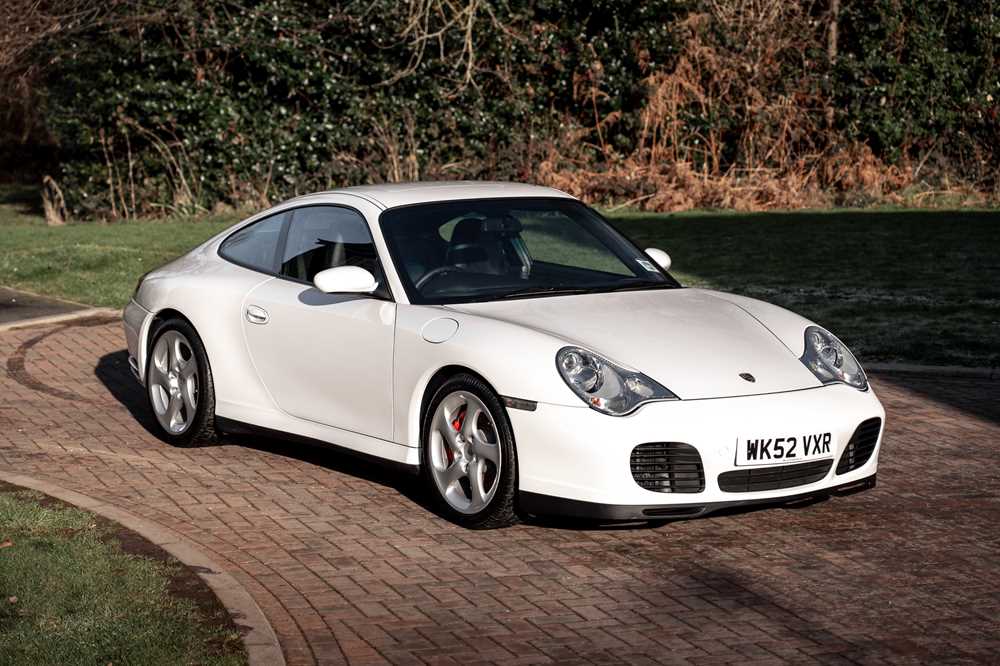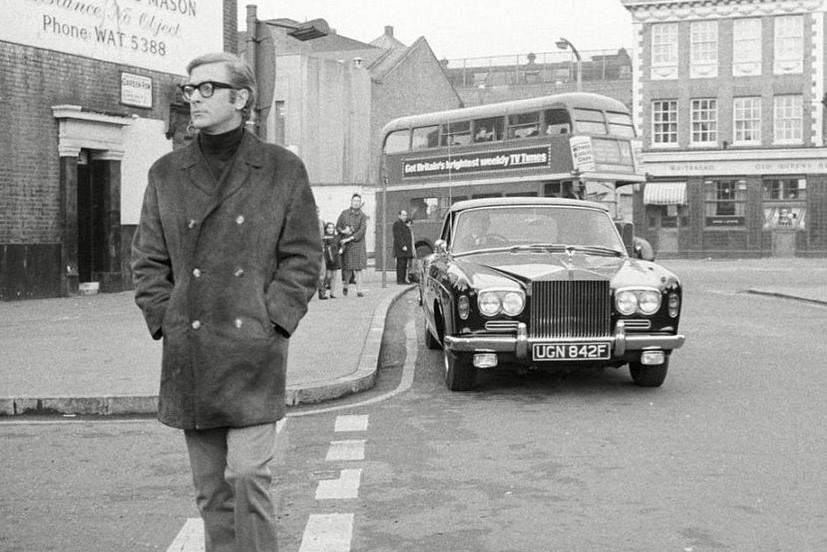22nd Nov, 2006 0:00
The Pavilion Gardens

1931 Talbot 105 Fox & Nicholl Team Car
Sold for £315,000
(including buyers premium)
Registration No: GO 54
Chassis No: 31054
Mot Expiry: Mar 2007
"Of all the cars I ever drove, from Frazer-Nash to Monoposto Alfa Romeo and Type 59 Bugatti - the 105s were the nicest to push to the limit, and only the Monza Alfa would go round corners quicker" (Brian Lewis, Lord Essendon)
With his contract to manage the Lagonda Works team terminated at frustratingly short notice in mid-January 1930, Arthur Fox of the Tolworth-based dealer and race preparation specialist Fox & Nicholl sought a new marque partner for the forthcoming season. Aided and abetted by Colonel Warwick Wright, he persuaded the Clement Talbot Ltd board to build and maintain three specially modified four-seater touring cars based on the company's recently unveiled '75' model. In return, Fox promised to source a team of drivers and pay all entry fees as well as taking responsibility for pre-race testing etc. After an ignominious start, the resultant trio of Works Talbot '90' cars proceeded to dominate the 3 Litre class at such prestigious events as the Le Mans 24-hour race, Irish Grand Prix, Tourist Trophy and Brooklands '500'. While, a single-seater version set a host of International Class and British Records including covering 500km at an average speed of 105.62mph. The spectacular success enjoyed by the '90' cars was all the more remarkable given that their engines displaced just 2276cc.
Understandably keen to make preparations for the 1931 season, Arthur Fox began badgering Talbot and more particularly its chief engineer, Georges Roesch, for a full 3 Litre capacity sports tourer in October 1930. His persistence was rewarded some two months later when the factory not only agreed to continue its provision of Works cars but also published a catalogue listing details of a new 2969cc '105' model priced at £835. Based around a 9ft 6in wheelbase, the newcomer's sturdy ladder frame chassis was equipped with all-round leaf-sprung suspension (semi-elliptic front / quarter-elliptic rear), various cross braces and massive four-wheel drum brakes (just under 16in in diameter). True to Roesch's ethos that even Talbot competition cars should contain a high percentage of production car DNA, the four Fox & Nicholl '105' cars (chassis 31051, 31052, 31053 and 31054) also featured Luvax hydraulic dampers, thermostatically controlled radiator shutters and a single Zenith 48mm downdraught carburettor.
Among the most unprepossessing looking but technologically sophisticated powerplants of the 1930s, the straight-six engine fitted to the '105' boasted a seven-bearing crankshaft, nickel chrome Swedish steel con-rods, four-bearing chrome-plated camshaft, vertically staggered inlet / exhaust tracts and diagonally opposed combustion chambers (the latter facilitating the use of 'oversize' 44mm inlet and 40mm exhaust valves). Shorter, lighter and more rigid than most of its contemporaries, race-tuned versions of the pushrod overhead-valve unit developed 119bhp @ 4,800rpm in 1931 and 132bhp @ 4,800rpm a year later (but were reputedly safe to over 5,000rpm). Bodied in aluminium over ash to contemporary 'Touring Car' regulations, the Fox & Nicholl '105' cars each sported a disappearing hood, detachable reinforcing strut ahead of the rear seats, cycle wings, fold-flat windscreen (complete with integral aero screen), 19in centre-lock wire wheels and an alligator tail housing the spare plus a thirty-five gallon fuel tank. Further benefiting from a close-ratio four-speed 'crash' gearbox, ultra-direct steering (1.25 turns lock-to-lock) and torque tube drive, the quartet's distinctive light Apple Green over Dark Green livery was reputedly inspired by Georges Roesch's fiancée who was a buyer for Debenham & Freebody's.
Competition History:
May 9th 1931 Brooklands 'Double Twelve'
Initially designated as "a standby and experimental car for Mr Roesch", chassis 31054 did not play a direct part in the '105' model's competition debut. However, its indirect role was appreciable. While its siblings had all been bodied and road registered by the time of the famous Brooklands endurance race, the 'Roesch car' existed only as a driving chassis. Nevertheless, it performed valuable testing duties (lapping Brooklands at 105mph and recording 110mph down the Railway Straight) as well as donating its cylinder head, radiator and dampers during the event itself so that chassis 31051, 31052 and 31053 could finish 2nd, 1st and 3rd in class respectively.
June 13th - 14th 1931 Le Mans 24-hour race
Registered as 'GO 54' on June 1st 1931, chassis 31054 was used by the driver pairings of the Hon. Brian Lewis / Johnny Hindmarsh and Tim Rose Richards / Owen Saunders Davies to familiarise themselves with the punishing Le Sarthe circuit. Though, not entered for the 24-hour classic itself, 'GO 54' thus absorbed some of the pre-race strain that would otherwise have befallen chassis 31053 (UK road registered as 'GO 51' but campaigned by Fox as 'GO 53') and chassis 31051 (UK road registered as 'GO 53' but campaigned by Fox as 'GO 51'). An important consideration given that 'GO 51' retired after eighteen hours while lying in 2nd place and 'GO 53' went onto finish 3rd overall (1st unsupercharged car) behind the winning Alfa Romeo 8C 2300 of Earl Howe / Henry Birkin and the Mercedes SSK of Boris Ivanowski / Henri Stoffel.
Undoubted nemesis of the Talbot '105', the Alfa Romeo 8C 2300 was also introduced in 1931. Designed by Vittorio Jano - with few of the production car constraints to which Georges Roesch adhered - the Italian machine proved both lighter and approximately 20 - 25bhp more powerful (thanks to a supercharged 2336cc straight-eight engine). Less durable and more specialised than its English rival, it was nevertheless a worthy adversary. Prolonging his stay on the other side of The Channel so that he could act as Pit Manager to the Hon. Brian Lewis and Earl Howe while they contested the French Grand Prix aboard a Bugatti T51, Arthur Fox was delighted to be given the chance of sampling Howe's Le Mans winning 8C 2300. Handing over the keys of 'GO 54' in exchange, he duly followed the titled racer to Paris. The impromptu swap left a lasting impression on both men, Earl Howe commenting in a subsequent letter to Arthur Fox:
"I consider that its ('GO 54') existing performance without a blower is about as good as it possibly could be and probably in every way equal to what the performance of the Alfa would be on a similar basis, if not indeed better, which makes me sigh and pray for a Talbot just like your present cars, perhaps built a little bit lower, with a blower. I believe you would find it a world beater!"
July 31st - August 6th 1931 International Alpine Trial
Reclaiming his car from Fox, Roesch entered 'GO 54' for the 1931 International Alpine Trial. Notable as the first Works Talbot to tackle the gruelling rally, it underwent extensive preparation at the marque's Barlby Road, North Kensington factory. Swapping its original engine (number '4') for a lower compression unit (number 'AV 9'), the '105' Team Car was further modified with wider-spaced gear ratios, less sensitive steering (2.25 turns lock-to-lock), supplementary friction dampers, an auxiliary side-mounted spare wheel and single-piece windscreen. Entrusted to Humfrey Symons / Norman Garrad, 'GO 54' was one of sixty-one cars marshalled in front of the Maximilian II Barracks outside Munich for the start of the event on July 31st. Competitor number '28', the next seven days saw it traverse some of the most torturous roads to be found in Germany, Austria, Switzerland, Italy and France without the loss of a single mark. Winning one of just six Glacier Cups awarded that year (the highest honour achievable by a single entry) the Talbot had the further distinction of being the third fastest car up the legendary 9,042ft Stelvio Pass behind Donald Healey's Low Chassis Invicta 4.5 Litre. However, Symons seemed more impressed by the fact that 'GO 54' had completed the most rugged Trial in the world without the need for a single brake adjustment.
August 22nd 1931 International Tourist Trophy
Hurriedly reconverted to full Team Car specification, 'GO 54' joined its siblings for pre-TT testing at Brooklands where a succession of 110mph laps in full touring trim confirmed that it was no worse off for its Alpine antics. Reprising the role of Practice Car, it journeyed to Ulster in convoy with 'GO 51', 'GO 52' and 'GO 53'. Although, 'GO 54' did not participate in the race itself, it was able to witness the remarkable performance put up by the Hon. Brian Lewis at the wheel of 'GO 51'. As well as splitting the Works Alfa Romeo 8C 2300s of Baconin Borzacchini and Giuseppe Campari on his way to 4th place overall (2nd in class), Lewis's best lap of 79.06mph was only some 2.5mph slower than Borzacchini's fastest lap of the race. Indeed, the Talbot driver's 77.13mph average speed not only trumped the 73mph one managed by Donald Healey / Tommy Wisdom aboard their Low Chassis Invicta 4.5 Litre that year but also bettered the fastest TT laps posted by Glen Kidston in 1929 (Bentley 6.5 Litre, 74.39mph) and Henry Birkin in 1930 (Blower Bentley 4.5 Litre, 76.4mph).
October 3rd 1931 Brooklands '500'
The decision to transform 'GO 51' into a single-seater for the Brooklands '500' allowed 'GO 54' to make the transition from Practice Car to Race Car. Allocated to John Cobb for the prestigious event, it underwent the same preparations as 'GO 52' and 'GO 53' (which were to be piloted by Johnny Hindmarsh and Tim Rose Richards respectively). Despite being shorn of their wings, hoods, windscreens, spare wheels and lighting equipment, the trio were unable to match the single-seater's pace during late September testing. Yet the 116mph they recorded along the Railway Straight left them able to play a part in what Anthony Blight's excellent book 'Georges Roesch and The Invincible Talbot' described as: "Not only the fastest '500' ever but also the fastest race ever run in the world over such a distance".
Starting comparatively slowly, John Cobb opted to let 'GO 54' warm-up properly before attempting to match the pace set by Johnny Hindmarsh and Tim Rose Richards. Cruising serenely on as both 'GO 52' and 'GO 53' hit mechanical difficulties the sometime Land Speed Record Holder was making fine progress up the leader board when 'GO 54' suddenly began to overheat. Diving into the pits, Cobb was somewhat embarrassed to be told that he had caused the problem by inadvertently closing rather than opening the car's newly installed but manually operated radiator shutters. Determined to make amends, he rejoined the fray and notched up a string of spirited 112mph laps on the way to a race average of 104.70mph. Narrowly beating Tim Rose Richards to 6th overall (2nd in class), Cobb more than justified his belated inclusion in the team - not to mention that of 'GO 54'.
October 17th 1931 Brooklands Mountain Championship
Perhaps impressed by its '500' form, the Hon. Brian Lewis chose 'GO 54' as his entry for the fifteen-lap scratch Mountain Championship race at the Weybridge circuit just two weeks later. Lining up against the likes of Sir Malcolm Campbell's 7 Litre Supercharged Mercedes, Sir Henry Birkin's 2.5 Litre Supercharged Maserati, Earl Howe's Grand Prix Delage and Clifton Penn-Hughes's Supercharged 2.3 Litre Bugatti, the Talbot was seemingly outclassed. Nevertheless, Lewis managed a highly respectable 5th overall, his best lap of 69.28mph comparing well to the 72.13mph flyer posted by the Campbell Mercedes.
November 22nd 1931 'GO 54' Vs. The London-Glasgow Express Train
Whilst occupying pride of place on the Talbot stand at the 1931 Scottish Motor Show, 'GO 54' became the subject of an intriguing wager between Sales Manager Jack Scott and Squadron Leader Fullerton whereby the latter promised to order a new '105' if the demonstration model ('GO 54') could beat the Express Train from Glasgow to London. Confident of the Fox & Nicholl Team Car's abilities, Jack Scott readily accepted and the two men set off from the Royal Scottish Automobile Club, Glasgow on the morning of Sunday November 22nd. Averaging an impressive 53mph despite heavy fog on the A1, the pair arrived at the Royal Automobile Club, Pall Mall some 7 hours 48 minutes later. Needless to say Squadron Leader Fullerton was suitably impressed, though the Daily Express were quick to castigate Jack Scott's actions (including allegedly reaching 103mph over the moors to Scotch Corner) when the story broke a few days later.
April 4th - 5th 1932 Mille Miglia Recce
As part of the ongoing relationship between Clement Talbot Ltd and Fox & Nicholl, 'GO 52', 'GO 53' and 'GO 54' were comprehensively re-engineered and rebuilt for the 1932 season. Boasting new chassis, engines, gearboxes and running gear, the reworked '105' Team Cars promised to be faster and more durable than ever before. Responding to entreaties from his star driver, the Hon. Brian Lewis (who in turn was being egged on by Count Johnny Lurani), Arthur Fox agreed to enter a '105' Team Car for the Mille Miglia. Narrowing the choice to 'GO 53' and 'GO 54' he submitted both to Brooklands testing. Faced with reports that the latter's engine (a fresh unit numbered 'AV 33') was becoming a little rough at high revs, Fox erred on the side of caution and nominated 'GO 53' as the race car and 'GO 54' as the recce one.
Covering some 750 miles of the route before concerns as to fuel supply convinced Fox to abort the recce run, 'GO 54' was lucky to weather a contretemps with a farmer's cart that resulted in a bent exhaust, crumpled fairing and torn undertray. Coming off surprisingly well, it was supposedly pulling 105mph shortly thereafter. Sadly, 'GO 53' was less fortunate when it crashed during the race itself with barely 100 miles to go. Though, it too got going again the damage sustained by its brakes, suspension and steering saw the battered Talbot drop from an incredible 4th to 25th place overall.
June 18th - 19th 1932 Le Mans 24-hour race
The mid-season arrival of a cloned 'GO 51' four-seater (chassis number 31080) from Barlby Road meant that Arthur Fox had the capacity to both field a full three-car team for the Brooklands '1000' on June 4th and rest 'GO 54' in advance of Le Mans. As the sole Works entry that year, the Alpine Trial veteran put up a good showing during practice with a series of 81-82mph laps. Things looked even better off the start when 'GO 54' shot into 2nd place. Unfortunately, a variety of ignition and fuel quality problems had demoted the car to 5th place by 8:00pm while a broken throttle lever ball joint saw it loose another six places in the wee small hours. Blessed with two singularly determined and talented drivers in the guise of the Hon Brian Lewis and Tim Rose Richards, the '105' was made to average 77mph from 4:00am to 8:00am. Recapturing 5th place as a result, its lap speed climbed to almost 84mph before more electrical gremlins intervened. Surviving partial battery failure, 'GO 54' then lost a valve at 12:30pm. Forced to run on five cylinders for the last three and a half hours of the race, it crossed the line in 3rd place overall (1st unsupercharged car) behind the Alfa Romeo 8C 2300s of Raymond Sommer / Luigi Chinetti and Franco Cortese / Giovanni Battista Guidotti. Intriguingly, the Talbot's best lap was within 3mph or so of those achieved by the Works' Alfas.
The third Fox & Nicholl managed Works Talbot to finish 3rd overall at Le Mans in as many years, the achievements of 'PL 3', 'GO 53' and 'GO 54' earned Arthur Fox a special commemorative medal from the Automobile Club de l'Ouest. Though, as Anthony Blight commented in his authoritative tome 'Georges Roesch and The Invincible Talbot':
"It must not be overlooked that at Le Mans in 1932 'GO 54' had completed a unique 'double' of which the first half had nothing to do with Arthur Fox whatsoever. There is no other instance in motoring history of the same car winning a Glacier Cup in the Alpine Trial and a third place at Le Mans".
August 20th 1932 International Tourist Trophy
Indicative of an attitude change among certain Clement Talbot Ltd board members, the 1932 TT was the first '105' Team Car event for which the factory did not send a representative. Blighted by a handicap system that favoured the myriad Rileys and MGs to such a degree that Alfa Romeo had scratched its official Works entry, the Ards classic offered precious little reward to Arthur Fox beyond a vague possibility of securing the Team Prize. Unperturbed, he despatched 'GO 51' (chassis 31080), 'GO 52', 'GO 53' and 'GO 54' to Northern Ireland. Beset with problems from practice onwards (during which 'GO 52' lost a rear wheel), the Talbot team endured a particularly miserable race. Falling victim to a batch of faulty radiator pressure release valves, 'GO 51' (Hon. Brian Lewis), 'GO 53' (Tim Rose Richards) and 'GO 54' (Johnny Hindmarsh) were all frequent visitors to the pits. Though, it was 'GO 54' which bore the brunt of the overheating. Given a cylinder head gasket change that cost some seventy-eight minutes, the '105' was running in 11th place at the finish. However, the race officials deemed that it had covered an insufficient number of laps to be classified (23 vs. 29 for 'GO 51' and 'GO 53') and so denied Talbot the Team Prize. Silver lining to a particularly dark cloud, the Hon. Brian Lewis's best lap (81.30mph) aboard 'GO 51' was less than 2mph slower than the lap record (83.20mph) set that year by Henry Birkin in his Works-prepared Alfa Romeo 8C 2300 LM. Lewis's turn of speed was all the more impressive given that he had been battling with damaged steering and suspension assemblies since accidentally ramming a stricken MG on lap one. Almost as remarkable, Hindmarsh extracted a succession of 78mph laps from 'GO 54' before its head gasket failed for a second time and rendered the engine's top-end scrap (the car remained marooned in Ireland until the relevant parts were sent by the factory).
September 10th 1932 Brooklands Mountain Championship
Reunited with 'GO 54' for the fifteen-lap Mountain Championship scratch race on September 10th 1932, the Hon. Brian Lewis found himself lined up against such formidable opposition as Raymond Mays' White Invicta, H.J. Aldington's supercharged Frazer-Nash, Richard Shuttleworth's supercharged Bugatti and Sir Malcolm Campbell's supercharged 4 Litre V12 Sunbeam. Making a strong start, Lewis was running in 4th place when the '105' began to misfire. Conscious that the Talbot was due to compete in the very next race, the Honourable gentleman gallantly decided to retire (thus giving the mechanics sufficient time to change the car's spark plugs). Proving that his selflessness had not been in vain, the indomitable motorcycle-turned-car racer Fay Taylour (a.k.a. 'Queen of the Speedways', 'Flying Fay from Dublin' or 'Lady Leadfoot') lapped 'GO 54' at a startling 113.97mph on her way to 2nd place overall behind Mrs Paddy Naismith's supercharged Salmson in the Ladies' Outer Circuit Handicap (though, the smaller-engined car could only average 86.30mph).
"Irish Fay Taylour, who talked cheerfully without stopping, drove with skill, violence, and an occasional disregard of regulations which resulted in interviews with Stewards, who found it practically impossible to retain the necessary solemnity once the 'culprit' got going with her soft Irish brogue and a wealth of ingenious reasoning" (S.C.H. Davis on Fay Taylour).
September 24th 1932 Brooklands '500'
True to Arthur Fox's 'race then rest' stratagem, 'GO 54' was the designated Practice Car for the Brooklands '500' two weeks later. Sat on the sidelines, it watched as the Hon. Brian Lewis / John Cobb piloted the single-seater 'GO 51' to 3rd overall (1st in class) and Johnny Hindmarsh drove 'GO 52' to 8th place overall (2nd in class). The retirements of the four-seater 'GO 51' (Owen Saunders Davies) and 'GO 53' (Tim Rose Richards) with engine failure were made all the sadder by the knowledge that the '500' was to be the last ever Team Car outing for the 'GO' cars - Clement Talbot Ltd having declined to provide Fox & Nicholl with any further Works backing.
September 1st 1934 International Tourist Trophy
With their engines converted to standard '105' specification, the four-seater 'GO' cars were put up for sale at the end of the 1932 season. Lingering in Fox & Nicholl's showrooms for quite sometime, the old warhorses were priced at £425 each. Discovering that supercharged cars were to be banned from the 1934 International Tourist Trophy, Tim Rose Richards and Earl Howe negotiated the loan of 'GO 52' and 'GO 54' respectively. Anxious not to cause any mechanical damage, both drivers kept practice to a minimum and stuck to a self-imposed 4,500rpm rev limit. Yet despite these restrictions, 'GO 52' claimed 10th place overall (1st in class) and 'GO 54' 13th place overall (2nd in class). Detuned powerplant notwithstanding, Rose Richards' best lap of 75.77mph was less than 3mph slower than the one he had recorded during the 1932 race. Though, perhaps more surprising was the fact that the Hon. Brian Lewis could not get his new Lagonda M45 Team Car 'BPK 201' to circulate as fast as 'GO 51' had done two years earlier.
Ownership History:
Although, 'GO 54' was entered by Mr D.C. Sidebottom for Earl Howe to drive in the 1934 TT, details of its first private keeper remain frustratingly elusive. Known to have been in the possession of Mr George Wansbrough by the mid 1930s, the ex-Team Car was being enjoyed by Cambridge resident Mr Michael Parker some fifteen years later. Responding to a Motor Sport article about Roesch Talbots, Parker wrote to the magazine during late 1952 with an update on the famous '105':
"GO 54 still gives a good account of herself with acceleration sufficient for most challengers. Her previous owner claims that he was able to do 103 in third, but, due to faulty hydraulic shock-absorbers, I have never tried to exceed the ton.
It is a delightful car to drive, full lock being one turn of the steering wheel, but the lock is almost non-existent. The brakes are self-servo front and extremely powerful, so much so that using the foot brake on a wet road locks all wheels and the car therefore goes straight on, regardless of where the wheels are pointing. The hand brake works on the rear wheels only, and even on a dry road these can be locked with finger pressure on the brake.
The car is a four-seater, although I would not care to ride in the back. Even so an enormous amount of luggage may be carried. My brother and myself went in her to the north of Scotland this year, taking two guns, four holdalls, two suitcases, four fishing rods and fishing tackle. On the way home we left Helmsdale at 9:10am and arrived home in Norfolk at 1:20am the next day - 610 miles in 16 hours and 10 minutes, including stops for petrol, lunch and dinner. There are not many cars today which are capable of that, carrying two persons' luggage for a fortnight's shooting and fishing".
Subsequently relocating to the Birmingham area, 'GO 54' changed hands several times before being acquired by Mr D.R.H. Addenbrooke of Droitwich in 1960. Purchased from the latter by Talbot historian and author Anthony Blight (affectionately known as 'Mr Talbot') some five years later, the ex-Team Car remained part of the Blight family stable until 2004 when it entered the current ownership.
Winner of the Team Prize (Coppa Costantini) alongside 'GO 52' and 'GO 53' at a Bugatti Owners' Club Thruxton race meeting in 1968, 'GO 54' was also driven on a Mille Miglia rerun by journalist and navigator extraordinaire Denis 'Jenks' Jenkinson. The subject of an older restoration while under Blight's roof it is variously described by the vendor as being in "good" (electrical equipment), "good / patinated" (interior trim, paintwork), "A1" (engine, gearbox, chassis, bodywork) or "as new" (tyres) condition.
Boasting a nigh-on continuous history from new, 'GO 54' is arguably one of the more original 'GO' cars. Though, given that it had two separate chassis and three different engines during its Works career (not to mention various transmission, steering, brake and bodywork modifications), any discussion as to 'matching numbers' risks becoming nonsensical. One of only two 'GO' cars to place 3rd overall at Le Mans and the only 'GO' car to compete on the Alpine Trial, 'GO 54' has a very special place not only in Talbot history but also that of pre-WW2 British Sports Cars. A Motoring Great, this unique Team Car is offered for sale with history file, FIA papers and MOT certificate valid until March 2007.
All successful bids must be paid in full by midday the day after the auction at the latest.
You can collect your new pride and joy from our venue until 1pm the day following the sale or our partners are on hand to help arrange safe transportation:
Auction: The Pavilion Gardens, 22nd Nov, 2006
Do you have an item to sell?
If so, contact one of our friendly specialists for your free valuation by completing the form below and someone will get back to you as quickly as possible.
If you prefer to speak to humans, don't hesitate to call our office on +44 (0)1925 210035


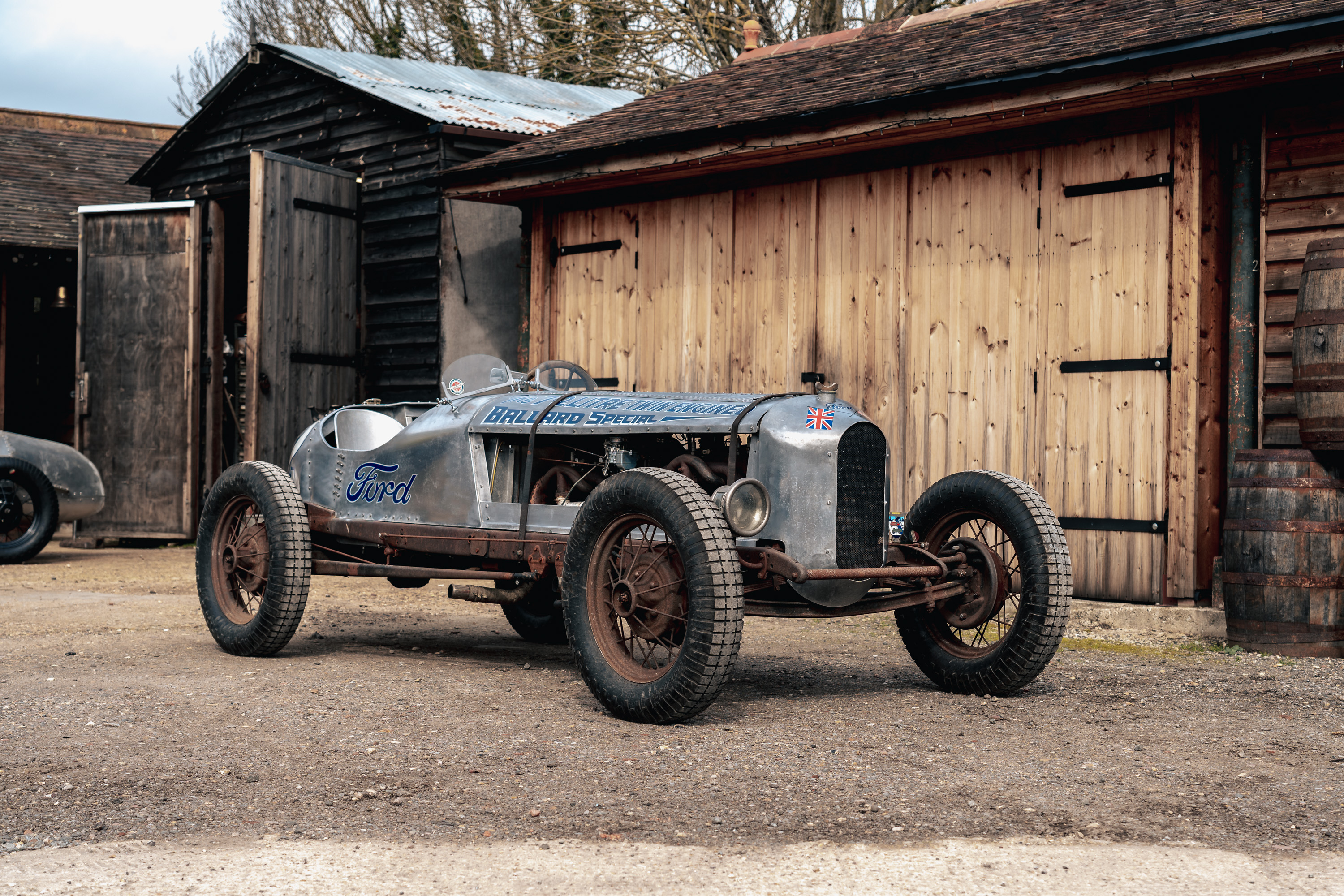


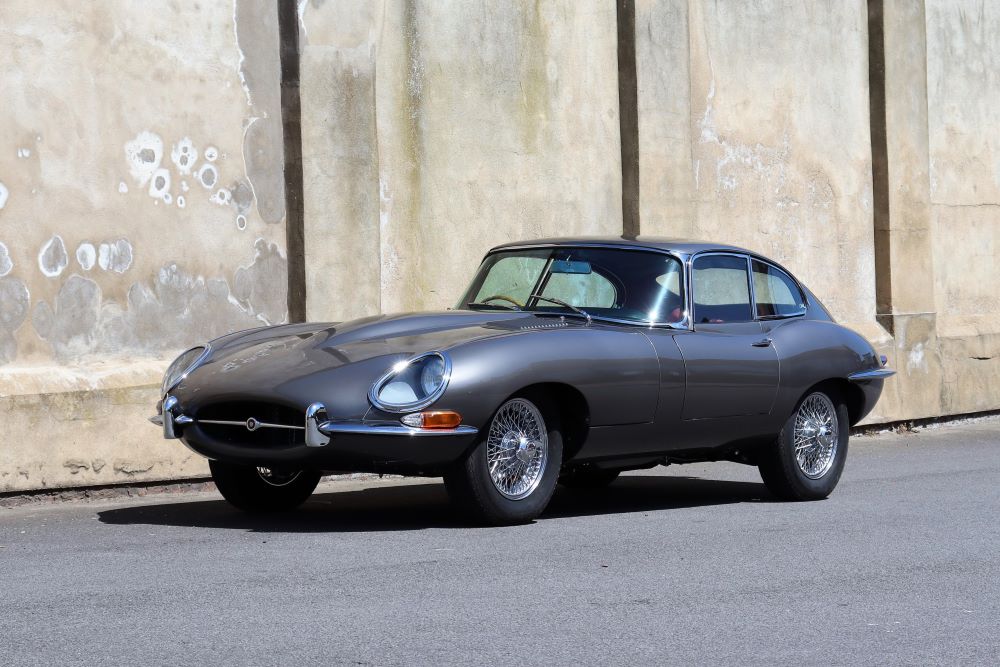


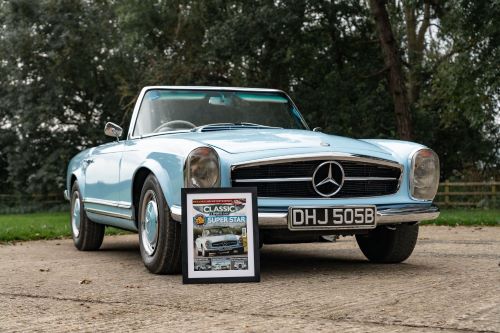






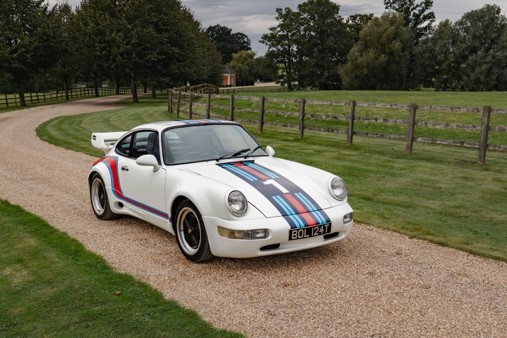




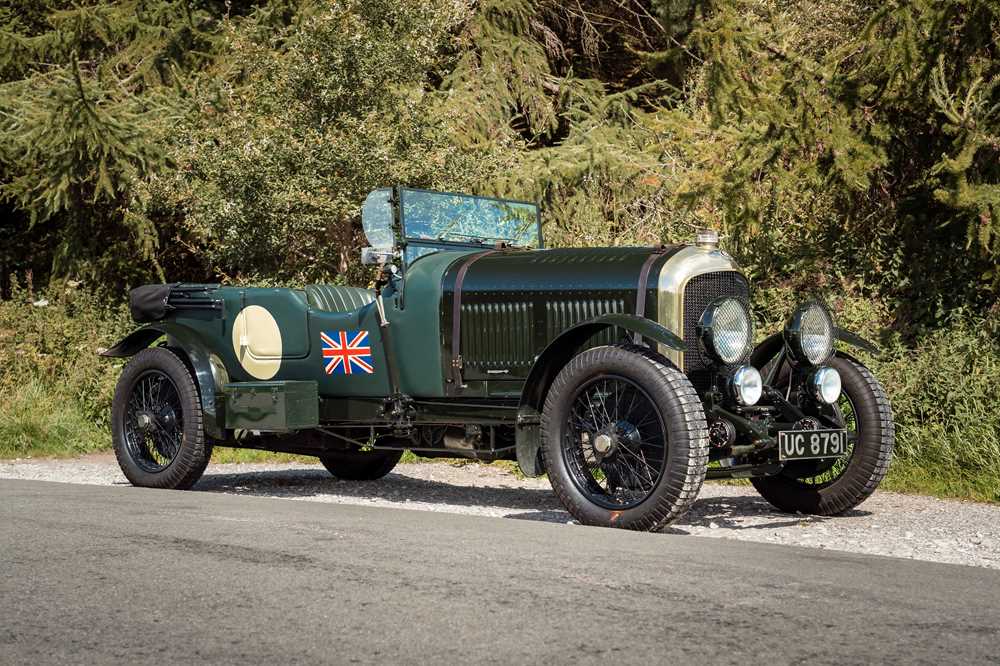
.jpg)

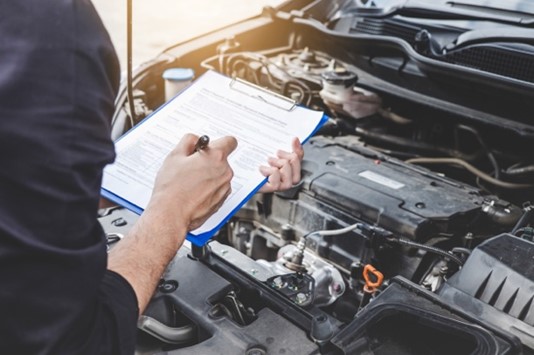



.jpg)
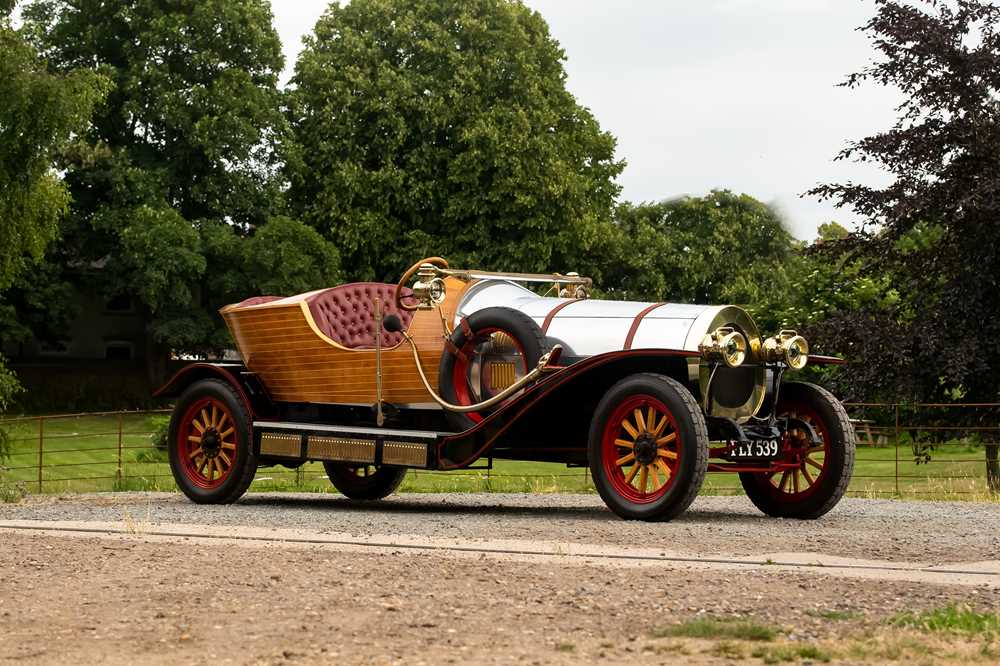

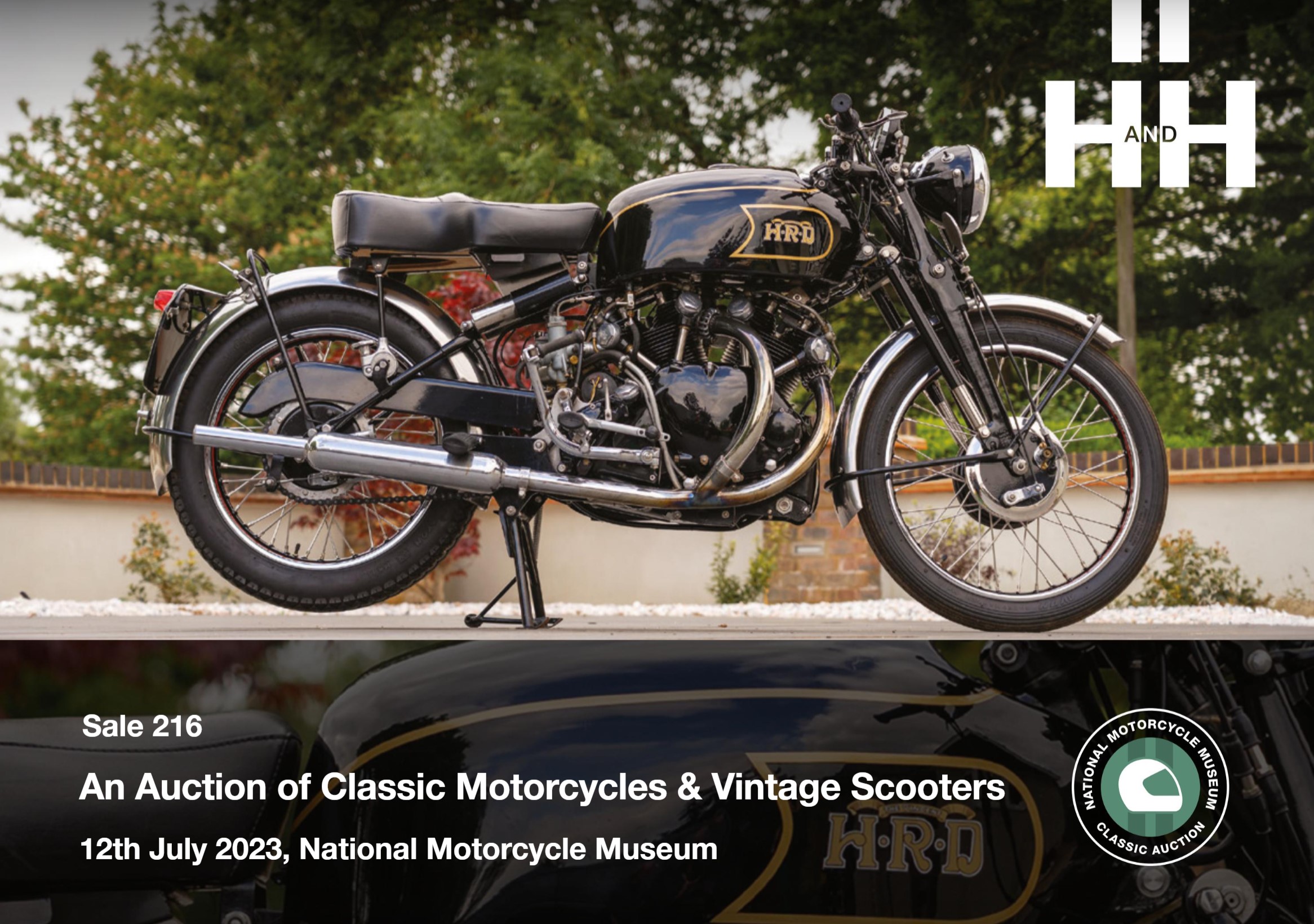
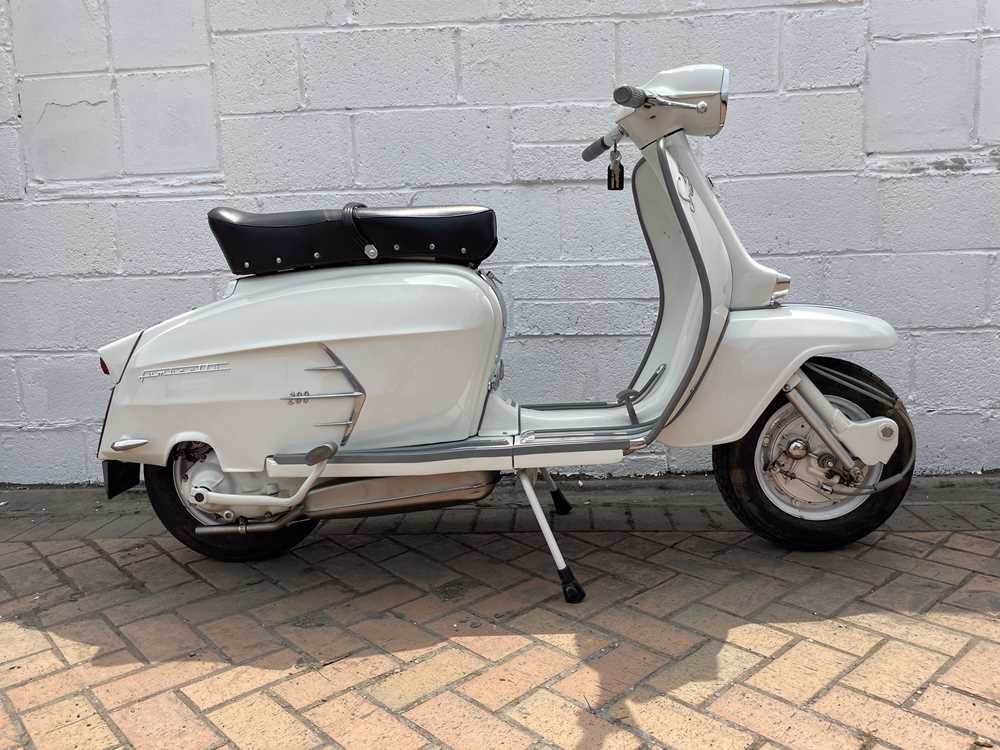
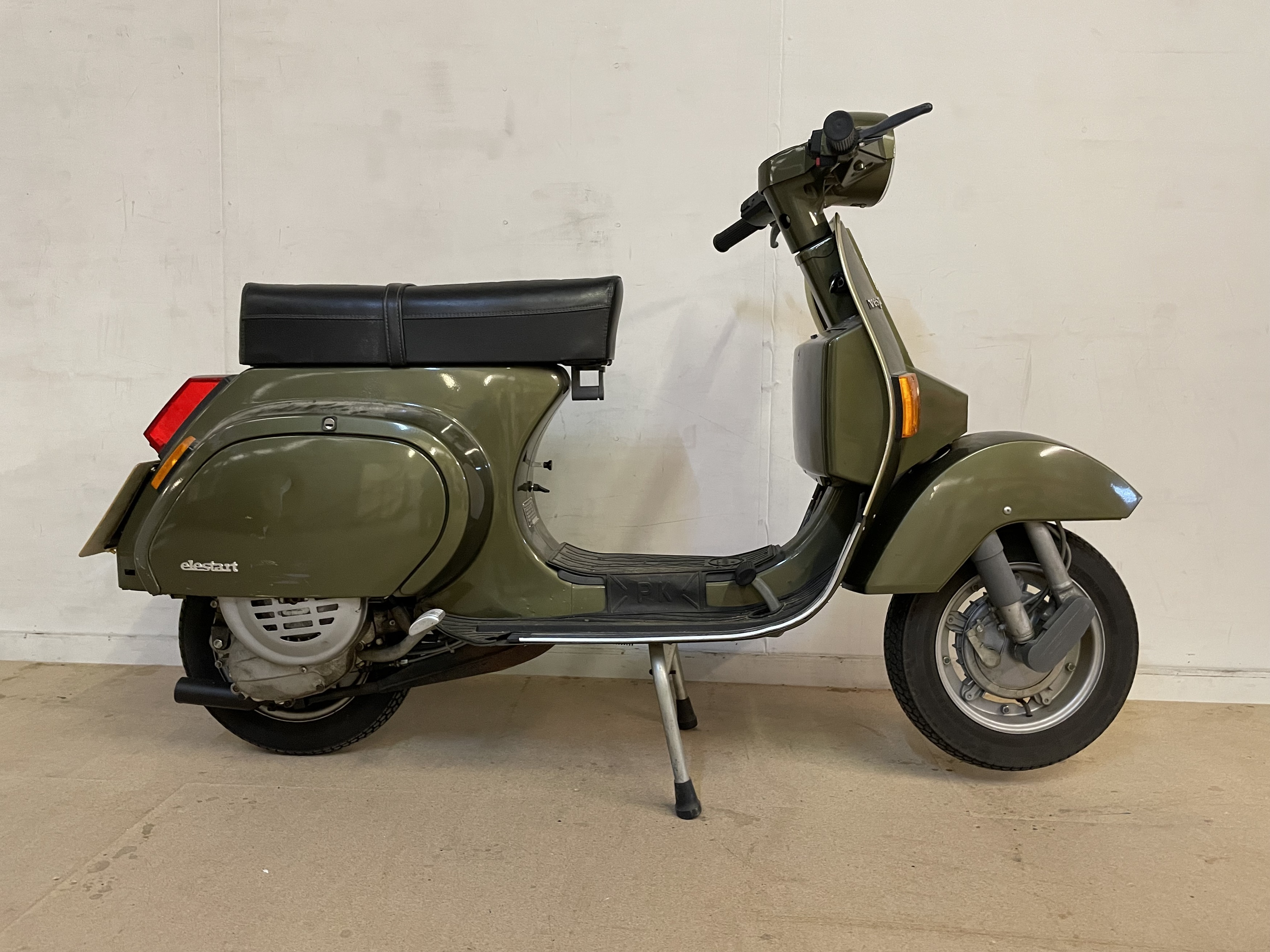
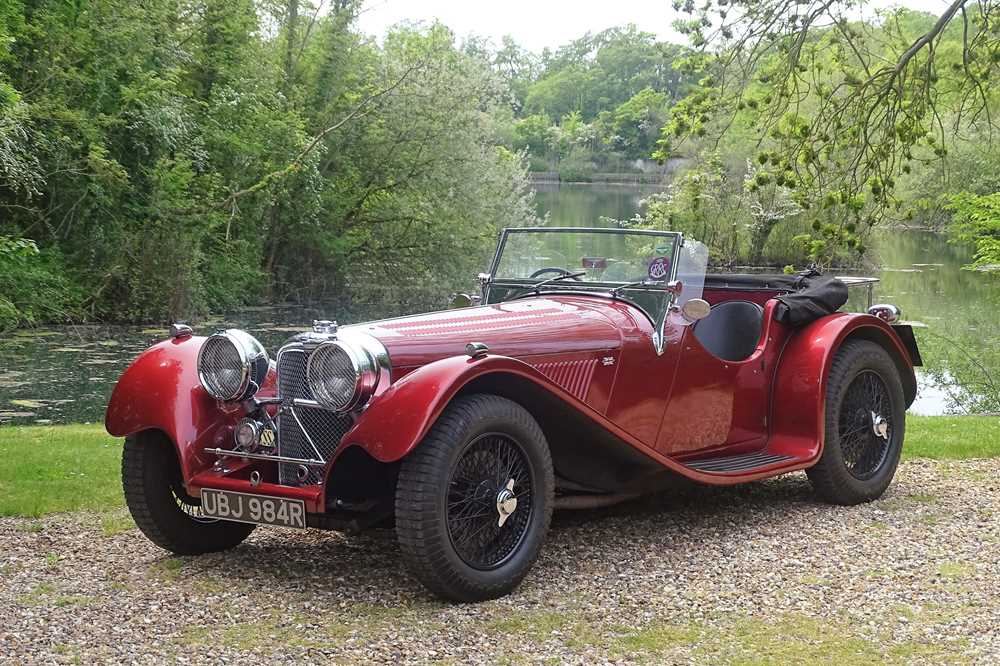



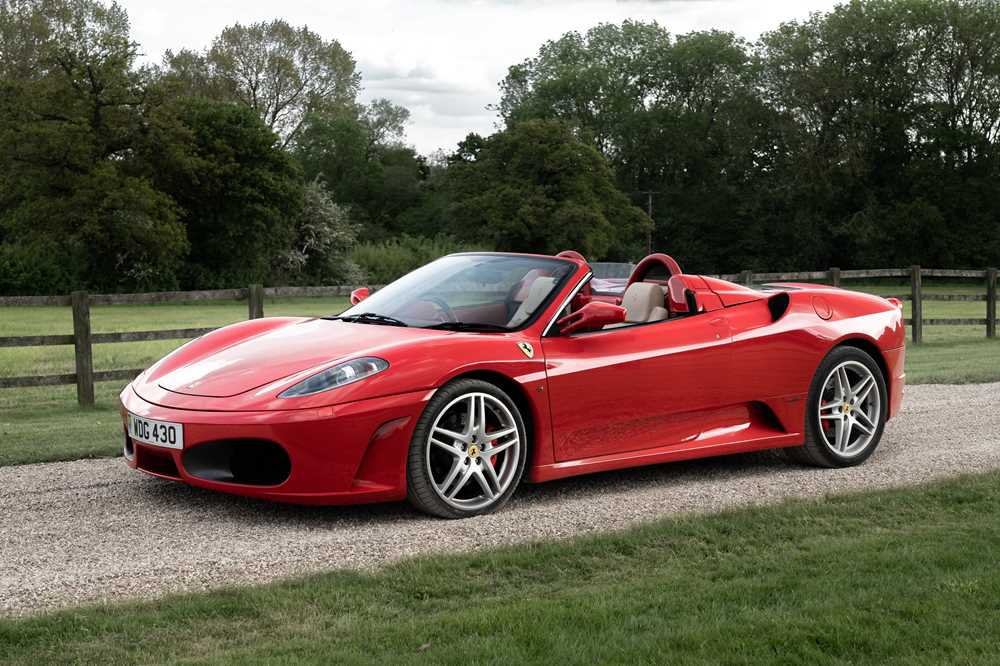
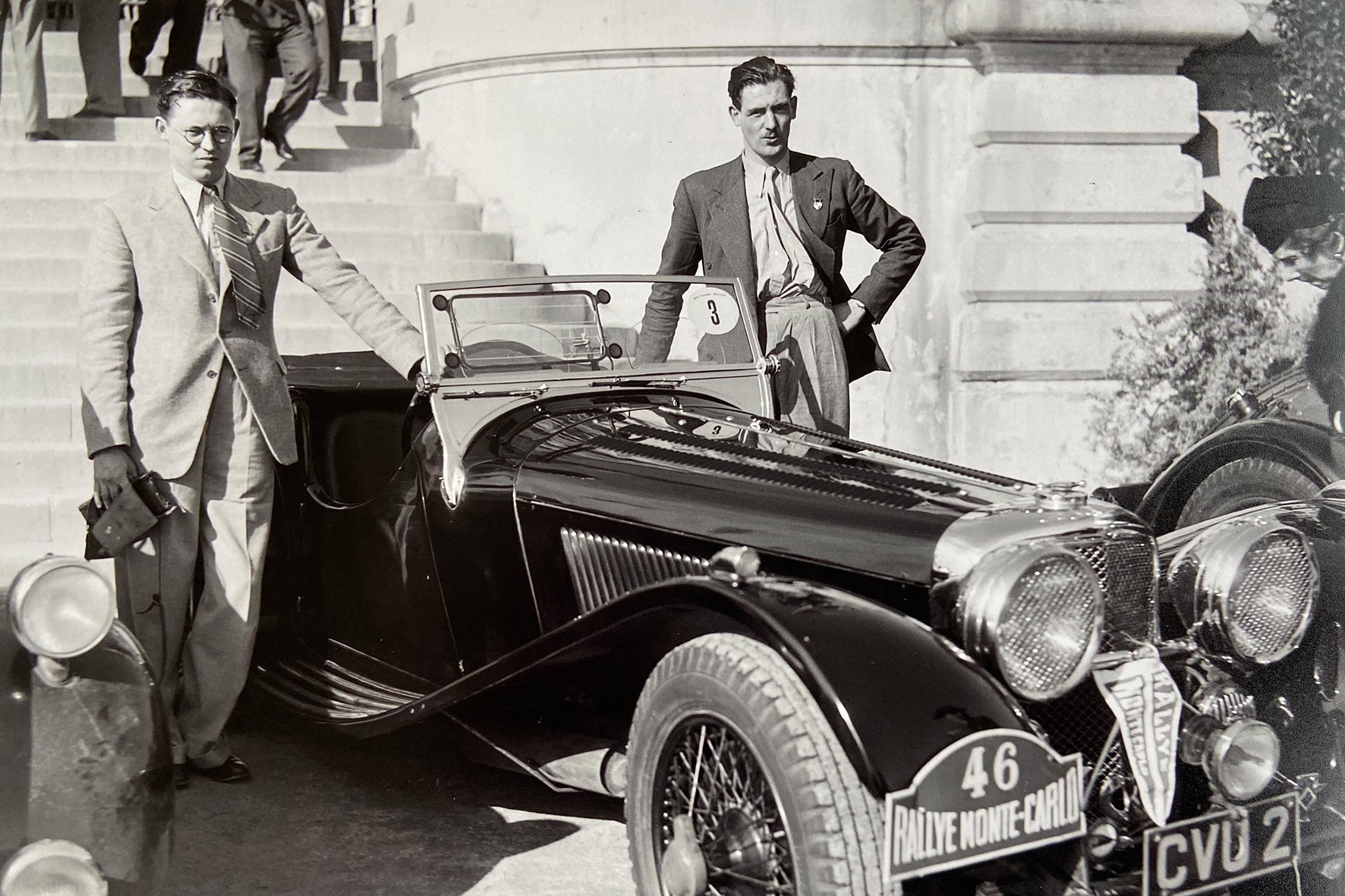
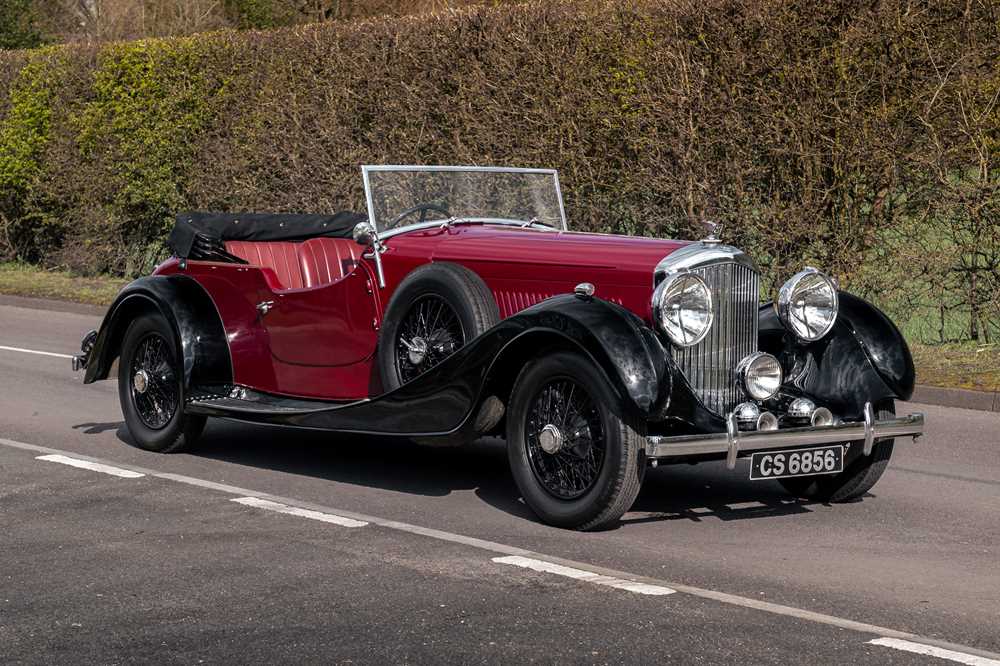

.jpg)



